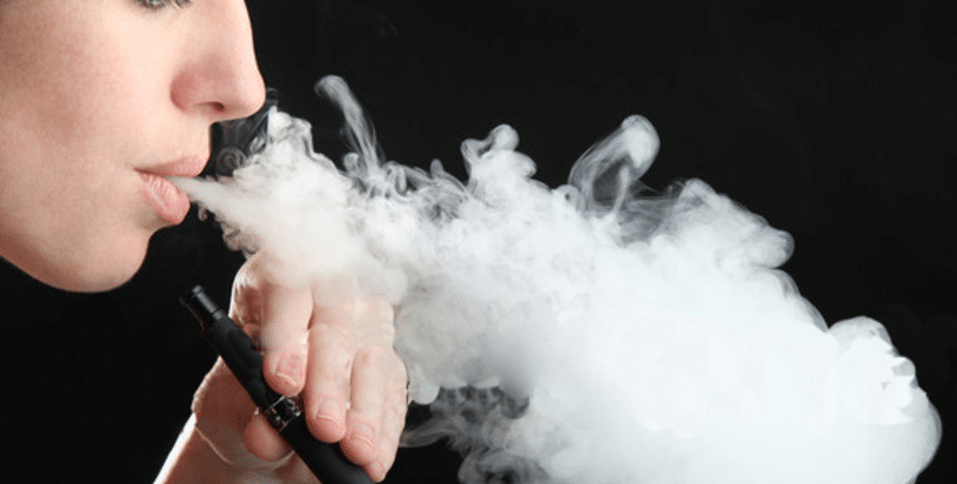
From the DEA’s Just Think Twice website…
Do you know what vaping is? Have you or your friends ever tried it?
According to a new study, vaping (the use of electronic cigarettes) is pretty popular among teens. But it’s probably more dangerous than you think.
Here are a few quick questions and answers about vaping:
What Exactly is Vaping?
The use of electronic cigarettes to inhale vapors from nicotine, marijuana (THC oil) or general flavorings is referred to as vaping.
There are hundreds of different brands and a few different styles of e-cigs. But in general, they are all battery-operated devices that have a cartridge that holds a liquid solution.
When a person puffs, the e-cig vaporizes the liquid and the user inhales the vapor.
Is Vaping Marijuana Oil More Dangerous Than Smoking It?
Yes, more than likely. This is because users tend to vape a higher concentration of THC (the chemical behind marijuana’s high) than they would smoke. This could also make it more likely for someone to get addicted.
What Are The Health Risks of Marijuana Oil?
Studies have found that regular marijuana use during the teen years disrupts brain development and can also lead to problems with attention span, behavior and impulse control in adulthood.
The Council on Recovery’s Adolescent Services department provides prevention, education, and counseling for teens exposed to and engaged in high-risk behaviors, such as vaping. Our Mindful Choices program includes a 12-week course to help adolescents deal with high-risk behaviors. We also offer concurrent parent education classes, parent coaching program, and individual and family therapy. For more information, call The Council at 713-914-0556.
